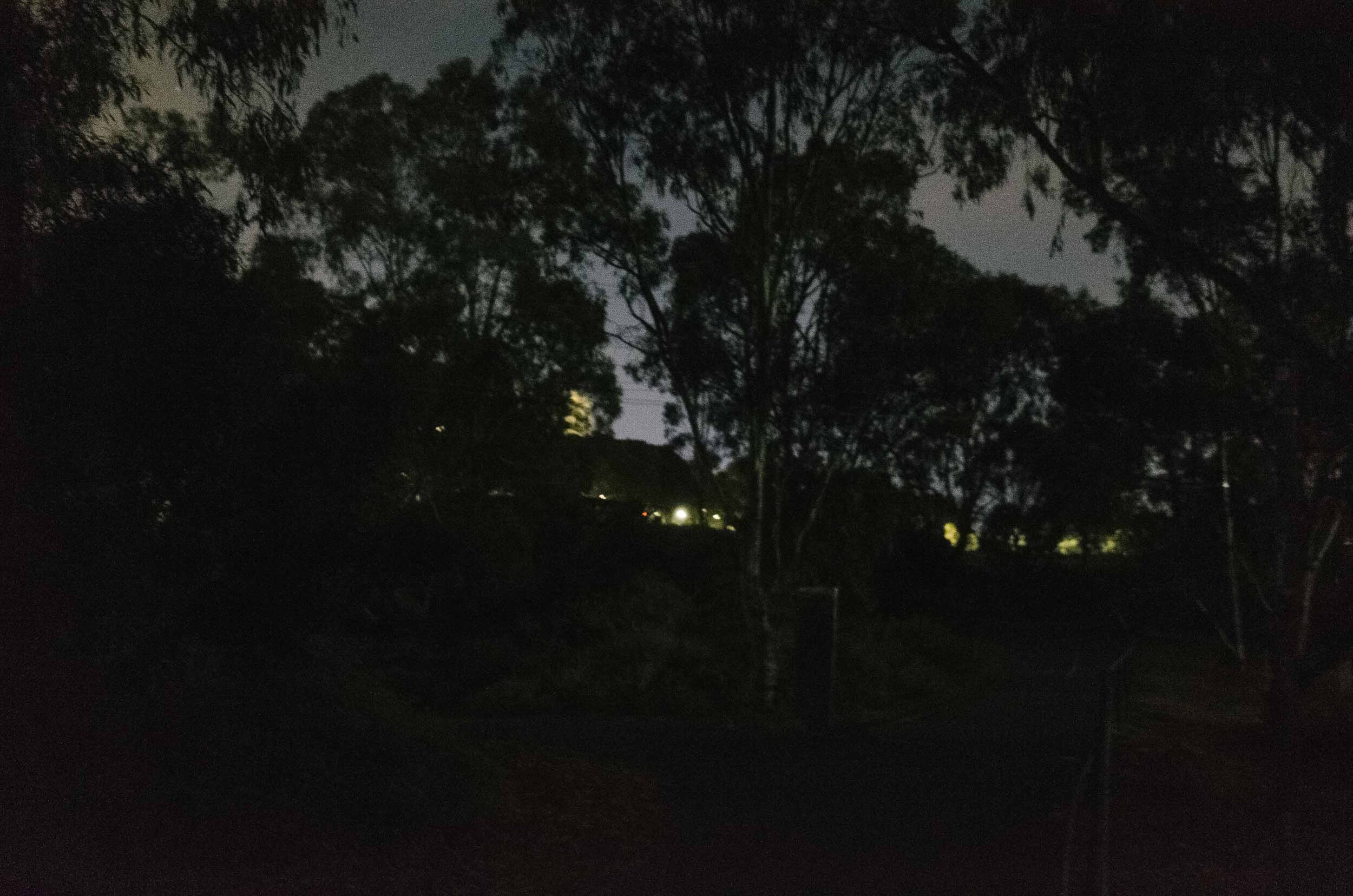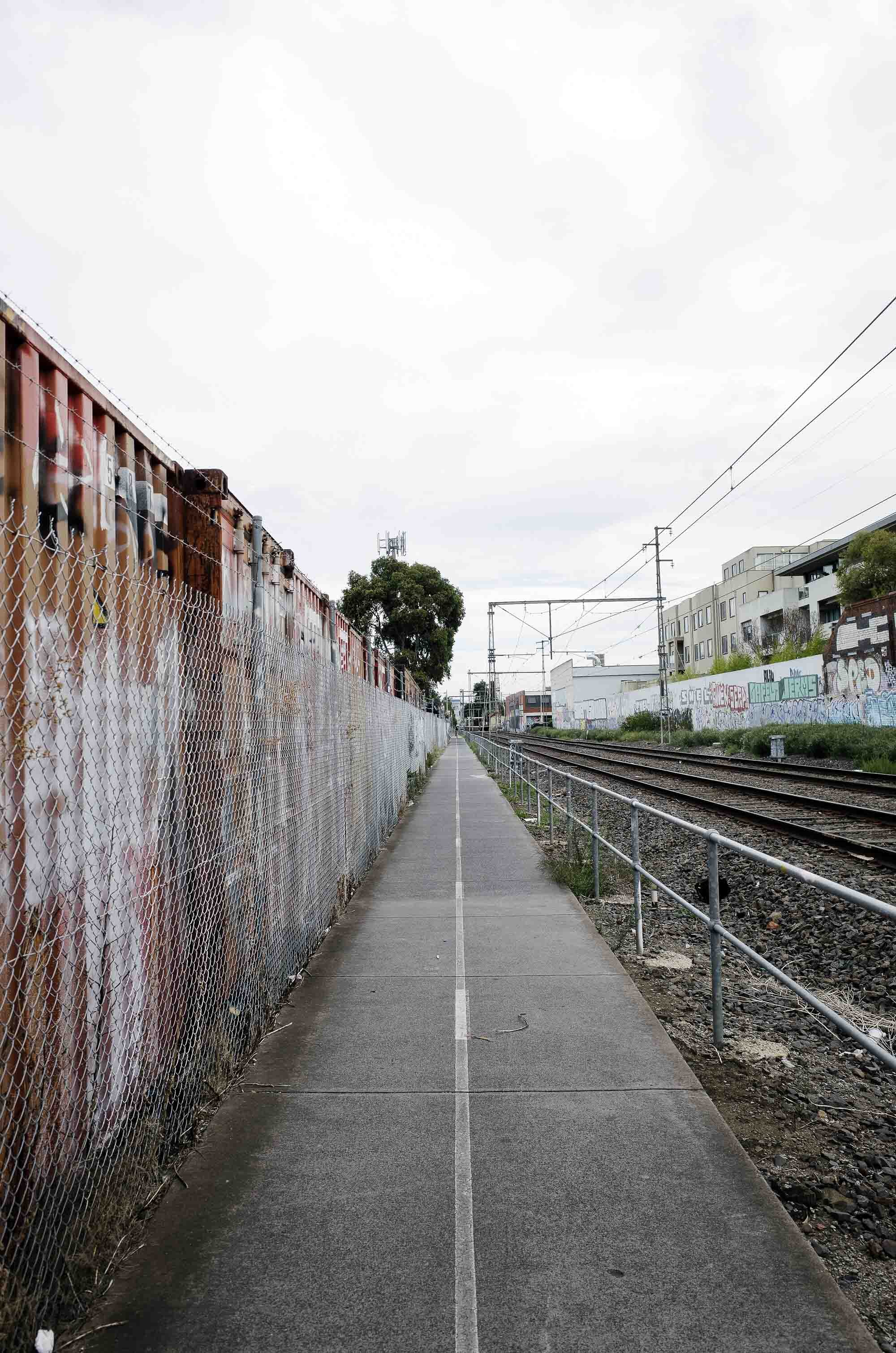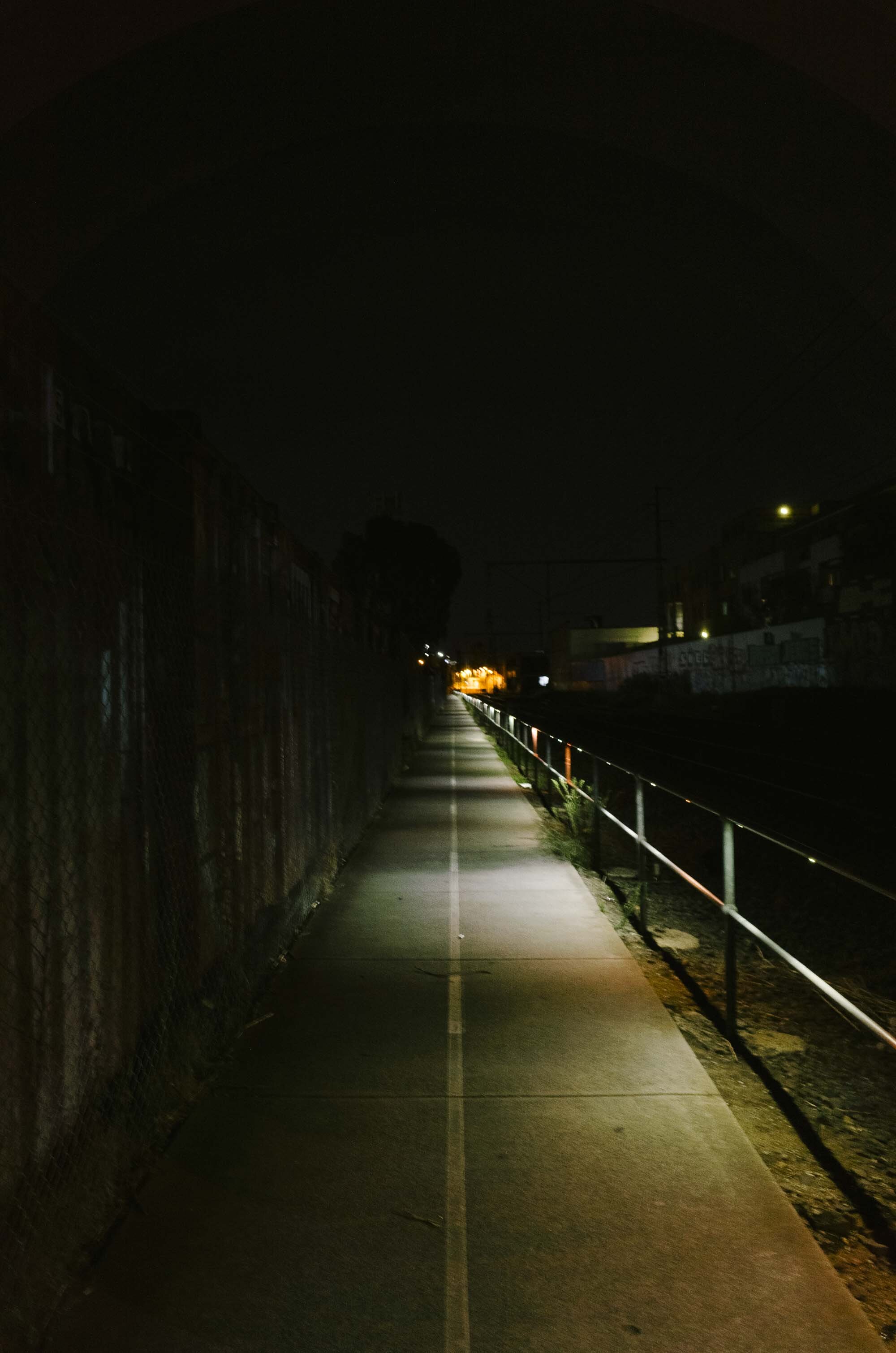BREAKING THE CYCLE
Madeleine looks at how the empty streets of coronavirus lockdown could open opportunities for women's cycling.
“It’s as easy as riding a bicycle”.
So the saying goes…and Milla McLean knows first-hand the harassment women cyclists often face on the road.
“It was just this guy in his car, behind us on the horn for about two kilometres…we wanted to get off our bikes. But there wasn’t anywhere to go,” McLean says.
“You kinda feel like your bike is your safety net, because it’s your getaway. But also, that was the reason he was tooting. Because we’re in Lycra. On our bikes.”
“And that’s something to hate.”
I: MILLA & THE HUMMINGBIRDS
And for riders like 25-year-old Milla, moving through the world as a female adds a layer of complexity male riders don’t appear to encounter. But this was before COVID-19 hit Victoria in March last year. Major roads were stripped of vehicles as citizens of Melbourne were ordered to stay indoors. And people took to the streets on their bikes in unprecedented numbers.
Growing up in the inner Melbourne suburb of Brunswick, McLean spent her childhood commuting via bicycle to school. She joined the Melbourne University cycling club while studying medicine, and dabbled in track racing at the Darebin International Sports Centre. In the depths of a Melbourne winter, she raced cyclocross at Essendon Fields and Brunswick. University placements took her to various corners of regional Victoria, from Torquay to Geelong, before she settled in Ballarat this year.
“I think it’s a great space to live. A big drawcard is the cycling,” McLean says.
“I’m part of a women’s group, and during lockdown it was a real saviour.”
Twice a week, she wakes early and meets up with The Hummingbirds, a social female-only cycling group in Ballarat. Most of the women work in the health care or medical industry; McLean is undertaking her postgraduate studies in medicine. Fuelled by caffeine, The Hummingbirds ride about 30km, setting off at six am, before peeling off and heading into work for the day. It’s an integral part of McLean’s working week; something that ticks along in her life like the spokes of a wheel.
II: LOCKDOWN & LOCKED OUT
It wasn’t just McLean who found solace in cycling during Victoria’s lockdown. Data collected by Bicycle Network shows the number of people riding on off-road paths surged during the first lockdown in Melbourne. Trails such as the Gardiner’s Creek Trail that snake through the south-eastern suburbs, the Capital City Trail, the Bay Trail, and the Merri Creek Trail in the northern suburbs all experienced a dramatic uptick in riders during a special count on April 25 2020, up more than 70 per cent on some trails. Another Bicycle Network report shows about 73 per cent of people surveyed planned to use a bicycle to “access essential services” during lockdown. Almost 40 per cent of those surveyed said integrating travel by bicycle would be a part of their government-mandated daily exercise allowance.
But beyond the cloistered confines of a women-only group, cycling is often a foreign landscape for females. According to Bicycle Network general manager behaviour change Leyla Asadi, of all the cyclists in Victoria just 25 per cent are women. She says there are some Melbourne municipalities with “much higher” representation of women riders.
“But when I say higher, I mean about 37 per cent. You’re hitting the 40 per cent split, and that’s Melbourne City Council, Yarra, Darebin, those more inner city councils,” Asadi says.
“That’s to do with the fact they have separated infrastructure, in terms of off-road trails.”
Infrastructure is a key aspect of women’s safety and boosting female rider numbers, a point that Asadi raises again and again.
“There’s safety of infrastructure, the lack of separated lanes or mixing with traffic,” Asadi says.
“Personal safety does come in…it is important, and it does play into people’s perceptions.”
I ask McLean if safety is a deterrent, preventing more women from riding.
“Definitely,” is her firm response.
“My specific example would be the women who were assaulted, being pushed off their bikes on the Upfield bike path…I think a pregnant woman was pushed off,” McLean says.
The meeting point of the Capital City Trail and the Upfield Bike Path – two of Melbourne's most used bike paths, could be considered unsafe for a number of reasons.
III: INTO THE NIGHT
I look this up after our chat. An ABC News article reports in 2016 a man jumped out at a woman, 29 weeks pregnant, riding her bike home from work along the Upfield bike path in Brunswick. He tackled her to the ground, and made an attempt to sexually assault her. The alarming thing is, this is not the only example I find of women being attacked while using public paths. In Wangaratta in 2018, The Age newspaper reports a woman riding along a bike path was grabbed by the neck, and punched in the face multiple times by her attacker. Again in The Age, it was reported an off-duty nurse in Burwood in 2017 was pushed to the ground, her eyes scratched in an attack on the Gardiner’s Creek trail.
Even with lighting upgrades installed in 2017, numerous sections along the Upfield bike path remain incredibly dark.
Inextricably linked, women’s safety and infrastructure is not limited to the world of cycling. A paper published by Ali Yarn, Honey Ariomandi, and Maryam Mesgarian looks at the connection between woman’s sense of safety and open spaces in Tehran, Iran. Exploring the idea tourist sites could “boom and attract more people by increasing the sense of safety in women”, the paper identifies how improvements to streetscape facilities plays into a woman’s sense of safety. Lighting, quality of passages, and “the possibility of asking for help” were all strategies identified which could improve facilities of a key tourist street in Tehran. Such strategies would turn public space “into a desirable space for women, providing visual and physical comfort”, something which is “essential for attracting more women” to public spaces and tourist destinations.
Closer to home, McLean won’t use the Upfield bike path any time after dark.
“I’ll ride on Sydney Road and jeopardise my safety,” McLean says.
“I’d rather assert myself on the road, and be seen.”
Despite the quieter roads during lockdown, Sydney Rd in Brunswick still requires your full attention as you share the road with cars, trams and busses throughout the day.
IV: WHEEL WOMEN
Wheel Women founder Tina McCarthy, a Cycling Australia accredited ride leader and This Girl Can Victorian ambassador, has made a career out of encouraging women to ride bikes. She founded Wheel Women in 2012 after noticing there was no space for women who looked like her - a mother in her 50s - to simply ride a bicycle with fellow women. And she rejects the idea there are barriers to women entering the world of cycling.
“I stomp my feet on that, because there are no barriers,” McCarthy says.
“For women, one of the biggest things is this fear of judgement…the fear of judgement is a very powerful thing that can prevent women from partaking in physical activity.”
Issues around body image and fitting in also play into low female cycling numbers, Tina says. She makes a point of only using her own images, never stock images, when promoting Wheel Women as she attempts to remedy the onslaught of photoshopped pictures of skinny, Lycra-clad women readily available.
“If we don’t see ourselves…you can’t be what you can’t see,” McCarthy says.
V: DRIVING WHEELS
Beneath the worries of body image and busy traffic, and fear for personal safety, the pure joy of riding a bicycle is at the root of it all for women like McLean. It’s the hope that lies at the bottom of Pandora’s box. And it’s a common thread that ties in all their efforts to encourage more women to pull on a helmet and saddle up; links on a chain connecting all women together.
“Cycling is a comfortable space, where you don’t have to think. It’s a challenge to get up that hill, but it’s an enjoyable ride down,”
McLean says. “It’s pretty freeing.”
It’s a thought echoed by McCartney.
“There are fears, fear of judgement, and traffic is scary,” she says.
“But you can do it.”
This piece was created by Madeleine Stuchbery - journalist, broadcaster and producer.
You can learn more about Madeleine here.











